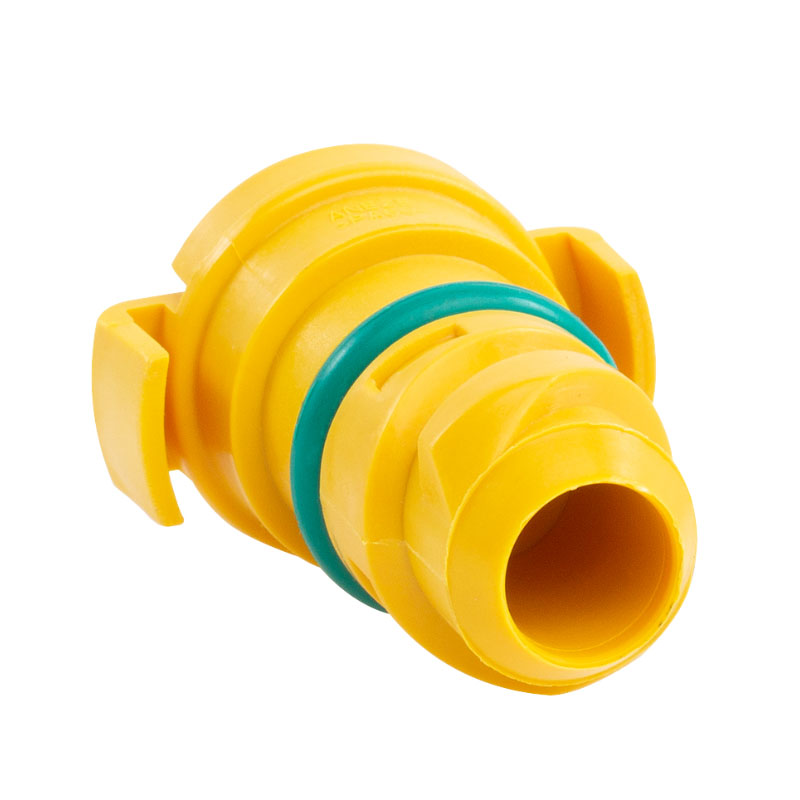Current Trends in Oil Seal Pricing and Market Analysis
Understanding Oil Seal Prices Factors and Implications
Oil seals play a critical role in various automotive and industrial applications, functioning primarily to prevent the escape of lubricants and the ingress of contaminants. The importance of oil seals in maintaining the efficiency and longevity of machinery cannot be overstated. As such, understanding the factors that influence their prices is essential for both manufacturers and consumers.
Key Factors Influencing Oil Seal Prices
1. Material Composition The materials used in the manufacturing of oil seals are a significant determinant of their cost. Common materials include rubber, polyurethane, and silicone. Each material has its advantages and disadvantages, and those that offer superior resistance to heat, chemicals, and wear tend to be priced higher. For instance, fluorocarbon rubber seals, which withstand extreme conditions, are more expensive than their standard rubber counterparts.
2. Design and Specifications The complexity of the design also contributes to the price. Custom or specialty oil seals, which are designed to meet specific requirements, require more intricate manufacturing processes and thus incur higher costs. Standard off-the-shelf seals are generally more affordable but may not always fit unique applications perfectly.
3. Production Volume Economies of scale play a significant role in manufacturing costs. Mass production of oil seals reduces per-unit costs due to more efficient use of materials and machinery. Conversely, low-volume production can lead to higher prices as manufacturers seek to cover their costs. This factor is vital for businesses looking to manage their inventory and budgeting effectively.
4. Market Demand and Supply Dynamics The oil seal market can be influenced by demand and supply fluctuations. During periods of increased demand—such as a rise in automotive production or industrial manufacturing—prices may increase due to scarcity. Conversely, if there is an oversupply, prices may drop, affecting the entire industry.
oil seal price

5. Brand Reputation Established brands that are known for quality products typically charge a premium for their oil seals. While these products may come at a higher cost, they often provide better reliability and longer service life, which can be more economical in the long run.
6. Geographical Factors The location of manufacturing facilities and the logistics involved in transporting oil seals can also impact pricing. For instance, products manufactured in regions with lower labor costs may be cheaper, but added transportation costs can affect the final price in different markets. Additionally, tariffs and trade agreements can create price discrepancies in global markets.
Implications for Consumers
Understanding the pricing dynamics of oil seals is crucial for consumers and businesses alike. For automotive and industrial operators, selecting the right oil seal involves balancing quality and cost. While it might be tempting to opt for the lowest-priced option, this can lead to higher costs over time if the product fails prematurely or does not perform as needed.
Moreover, businesses seeking to maintain competitive pricing must keep abreast of market trends, material costs, and technological advancements in oil seal manufacturing. By doing so, they can better forecast expenses and optimize their supply chains.
In conclusion, oil seal prices are influenced by a variety of factors, including material composition, design complexity, production volume, market conditions, brand reputation, and geographical considerations. By understanding these factors, consumers can make informed purchasing decisions that ensure longer-lasting and more reliable product performance. Whether dealing with automotive components or industrial machinery, being aware of oil seal pricing dynamics can lead to significant cost savings and improved operational efficiency.
-
Simplifying Oil Changes: A Comprehensive Guide to Oil Drain Plugs and Their Variants
News Aug.04,2025
-
Mastering Oil Drain Maintenance: Solutions for Stripped, Worn, and Upgraded Oil Plugs
News Aug.04,2025
-
Fixing Oil Pan Plug Issues: Leaks, Stripped Nuts, and the Right Replacement Solutions
News Aug.04,2025
-
Everything You Need to Know About Oil Drain Plugs: Sizes, Fixes, and Upgrades
News Aug.04,2025
-
Choosing the Right Oil Drain Plug: A Guide to Sizes, Materials, and Drain Innovations
News Aug.04,2025
-
A Complete Guide to Automotive Drain Plugs: Types, Problems, and Innovative Solutions
News Aug.04,2025
-
The Ultimate Guide to Car Repair Kits: Tools and Essentials Every Driver Should Own
News Aug.01,2025
Products categories















